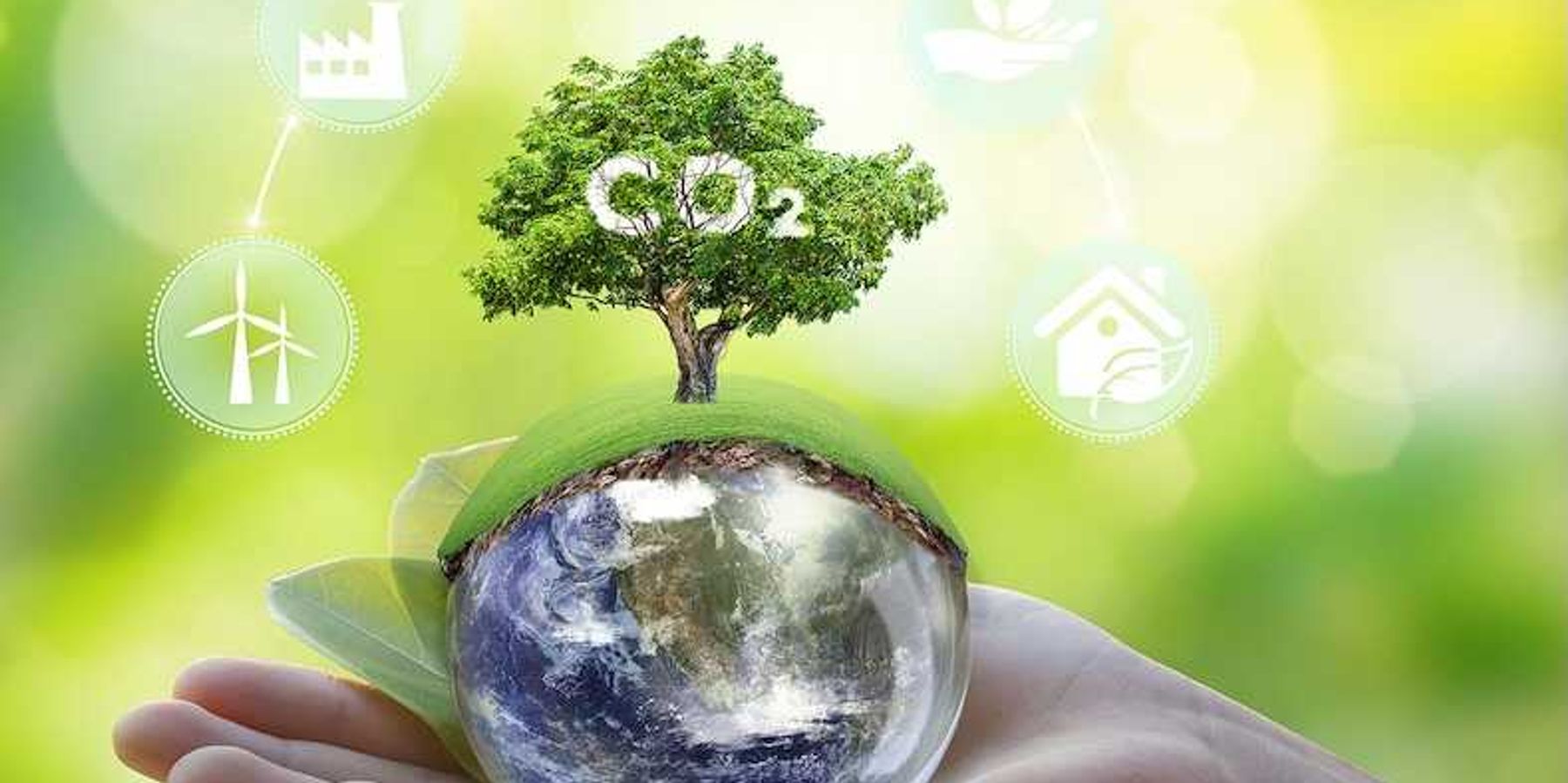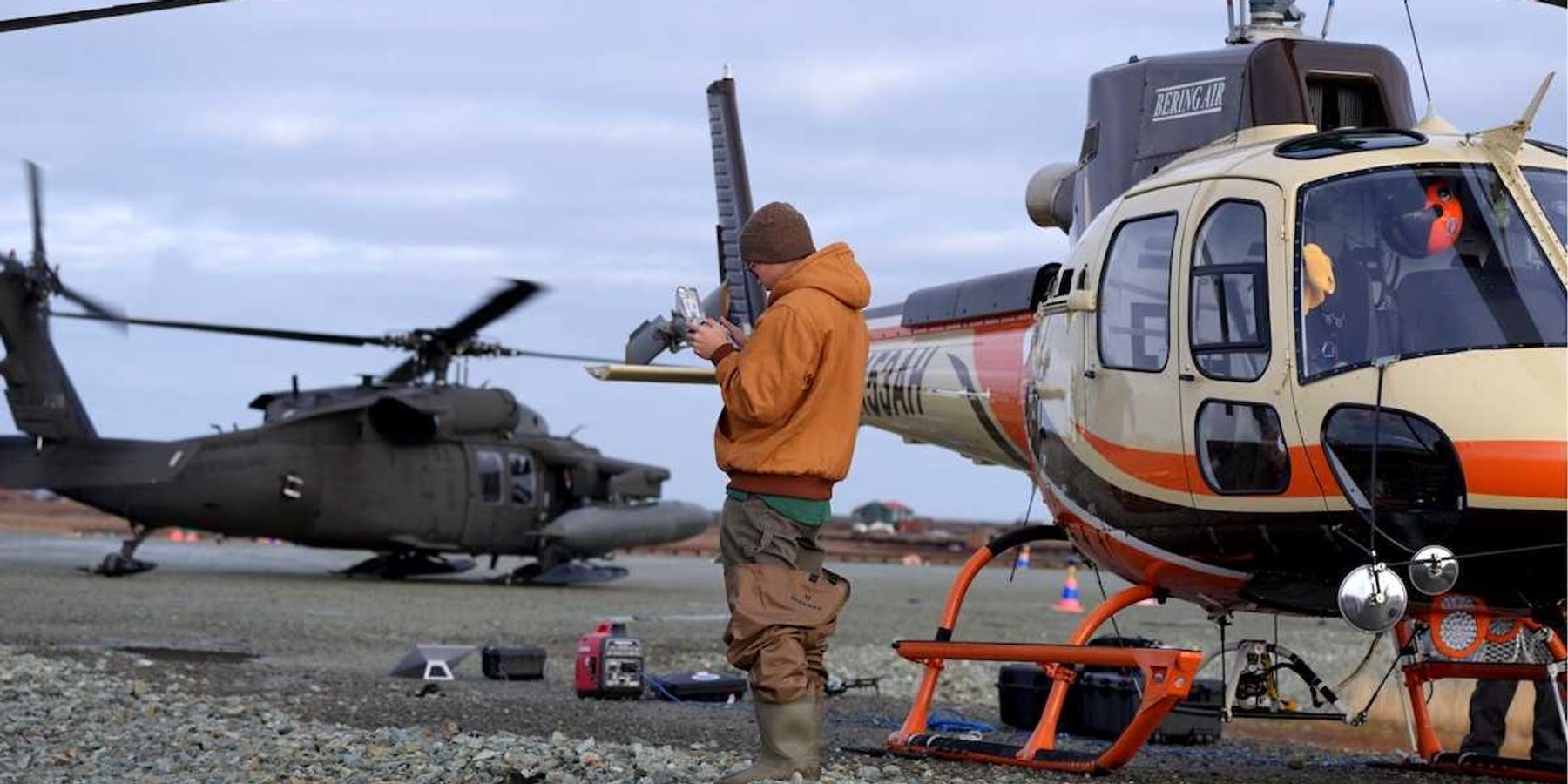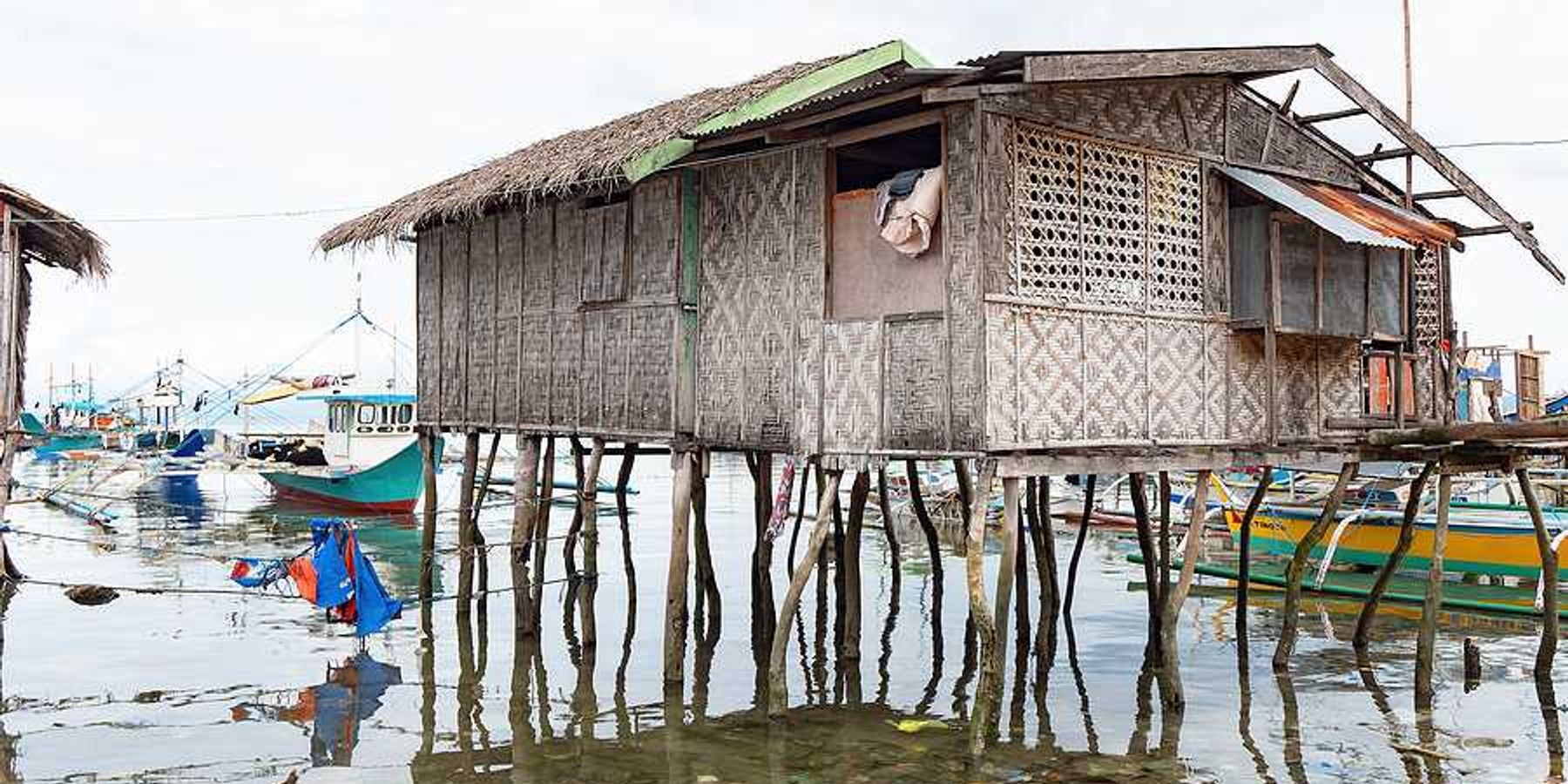polyvinyl_chloride
Wildfires threaten drinking water with contamination risks
As wildfires rage, the aftermath poses a hidden threat to clean water supplies, contaminating reservoirs and water systems for months after the flames are extinguished.
In short:
- Wildfires can introduce cancer-causing substances into water supplies, affecting millions in high-risk areas.
- Burned vegetation and ash prevent water absorption, leading to flash floods and contamination.
- High ambient heat can compromise PVC water lines, unfurling plastic polymers and releasing volatile organic compounds (VOCs) into the water supply.
Key quote:
"We’re destabilizing [water] systems and we don’t even know in what way and how."
— Newsha Ajami, chief strategic development officer, Lawrence Berkeley National Labs.
Why this matters:
As the flames consume everything in their path, they release a cocktail of chemicals and heavy metals from burned structures, vegetation, and soil. These toxics seep into waterways and reservoirs, turning our taps into potential health hazards. Read more: US lead pipe replacements stoke concerns about plastic and environmental injustice.
Millions of Americans face risk of a toxic ‘bomb train’
How the music business is putting a green spin on vinyl records
Canada’s cornerstone environmental law gets an update
‘The poison plastic’: why calls are growing for a ban on PVC
Tracking the chemicals in the East Palestine, Ohio, train derailment and fire
East Palestine isn’t alone: Communities around the country grapple with toxic chemical exposure
According to the Environmental Protection Agency’s (EPA) Toxic Release Inventory — a list of self-reported toxic chemical emissions — more than 428,000 pounds of vinyl chloride was released into the air by 38 industry facilities last year.









